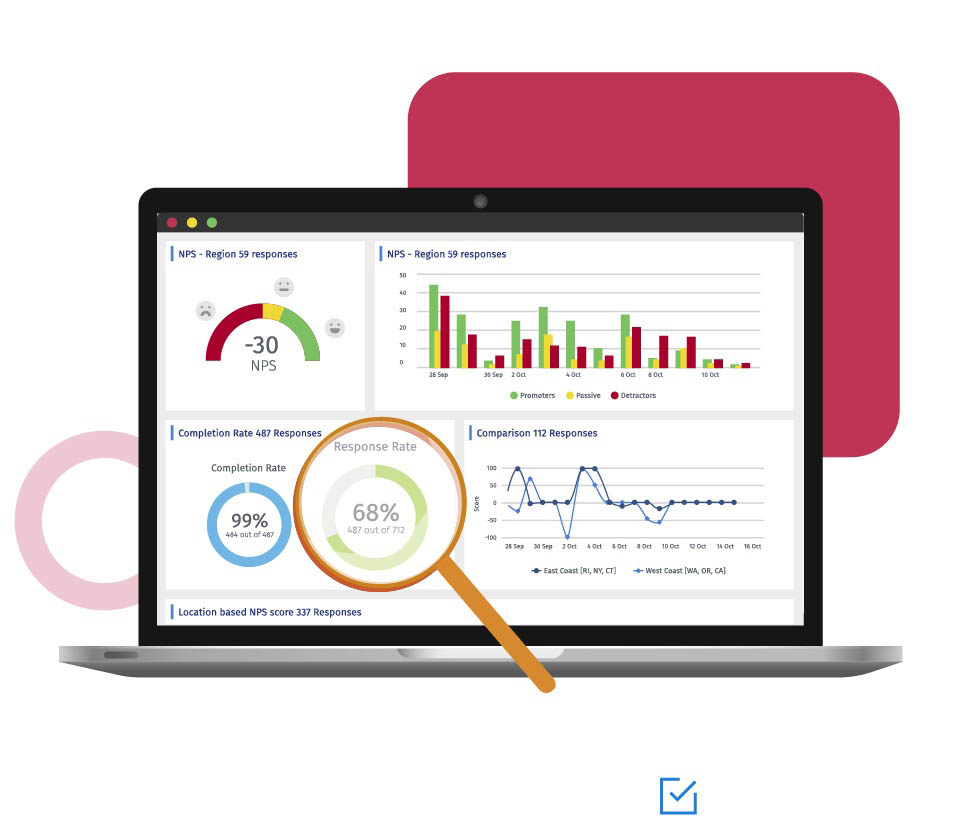Example of dropout analysis
For example, airline companies send customer experience surveys to flyers as soon as they deboard the plane. Generally, not everybody takes the survey, and those who do, drop out if the survey is lengthy. Airlines can dropout data to analyze the length of the survey, and also to make the questions more engaging to attract responses.
Uses of dropout analysis
Researchers and organizations need to gather maximum responses by keeping their respondents engaged. A well-designed survey keeps respondents from dropping out.
Respondents generally leave surveys midway because of the following:
All these factors can be analyzed and changes can be made to the survey to boost response rates.
Advantages of dropout analysis
Here are the advantages of using dropout analysis:
Create effective surveys: Gather insights such as on which question did people drop out the most, and look for options to modify the questions to make them more effective.
Alter the flow of questions: Look at where most people drop out and analyze whether the flow or the logic of the questions is causing this dropout. Try shifting the uninteresting questions towards the end.
Control the length of the survey: Sometimes, surveys are too lengthy and this is the main reason why respondents dropout. Consider shortening the length of the survey if you find many respondents dropping out.
How to use dropout analysis in surveys?
Learn how to use this feature with our help file on dropout analysis.
Survey Software Easy to use and accessible for everyone. Design, send and analyze online surveys.
Research Suite A suite of enterprise-grade research tools for market research professionals.
Customer Experience Experiences change the world. Deliver the best with our CX management software.
Employee Experience Create the best employee experience and act on real-time data from end to end.





